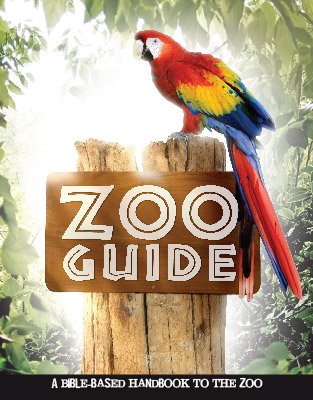Kangaroo
Design

Kangaroos are marsupials, and for the undeveloped young to survive it must immediately crawl into the mother’s pouch from the birth canal, using its forearms. At this time, its hind limbs are not fully developed. The kangaroo’s fur is dense, providing insulation against the heat of the sun and the cold nights. Its tail is used for balance while leaping, for supporting the animal’s weight, and as a prop so the hind legs can be used to defend from predators. Another amazing design is that a kangaroo embryo can remain dormant until either the pouch becomes unoccupied or the joey in the pouch dies.
Features
- Males are two to three times larger than females.
- The two species are separated by their color. Western grays have darker faces and patchier coloring compared to the eastern gray.
Fun Facts
- Kangaroos like to box. Young kangaroos do this as play while adult males use this action to show dominance.
- When they feel threatened, kangaroos will growl like a dog and stamp their hind feet on the ground.
- The kangaroo’s pouch is sealed off by a series of strong muscles, protecting the joey from bouncing out or drowning when the mother goes swimming.
Created Kind Members
Wallaby
CLASS: Mammalia (mammal)
ORDER: Diprotodontia (pair of incisors on lower jaw)
FAMILY: Macropodidae (kangaroos and wallabies)
GENUS/SPECIES: Macropus fuliginosus and M. giganteus (western and eastern grays)
Size: 6–7 ft (1.8–2.1 m) tall
Weight: Males: 120–200 lbs (54–90 kg); females: about 65 lbs (30 kg)
Original Diet: Plants
Present Diet: Plants
Habitat: Grasslands, savannas, and open woodlands in Australia and Tasmania
Zoo Guide
Make your next visit to the zoo more than just fun—make it factual and fascinating too! You could even start a personal “creation zoo tours” ministry. Featuring more than 100 animals, our long-awaited Zoo Guide includes beautiful pictures and explores the amazing facts and design features that point to our awesome Creator. Excellent gift for any one who loves animals!
Browse Kids Book- © 2025 Answers in Genesis
- Privacy Policy
- Contact
- About

